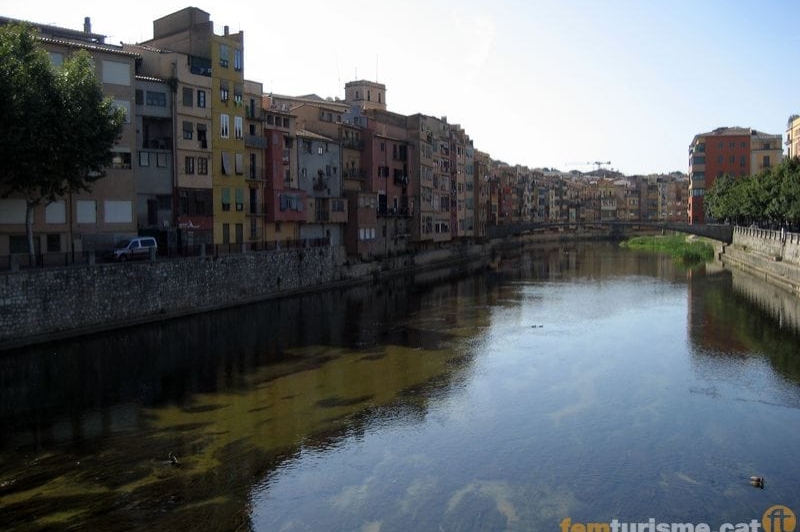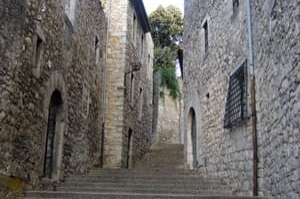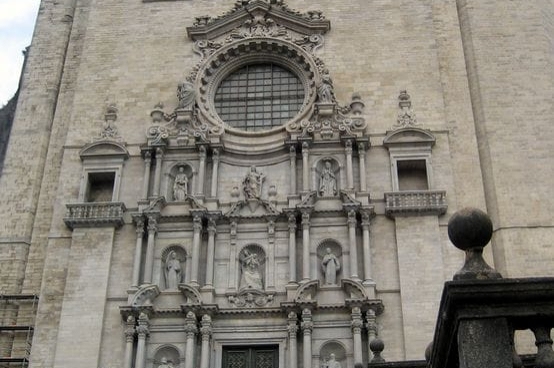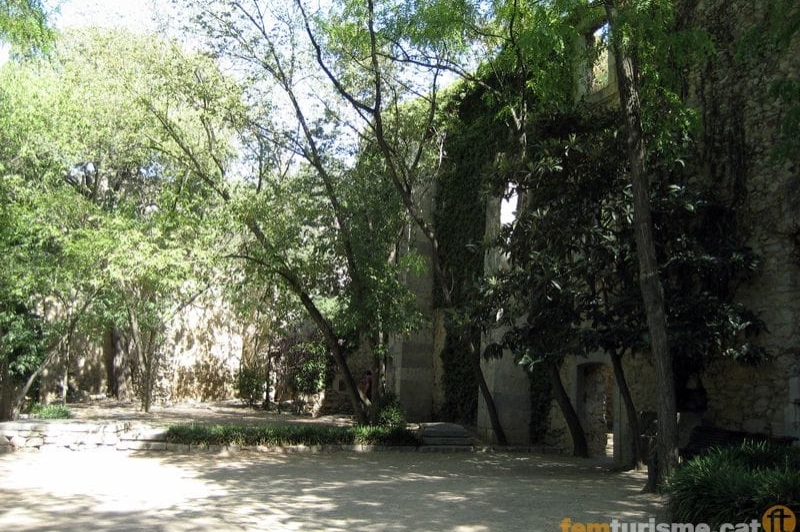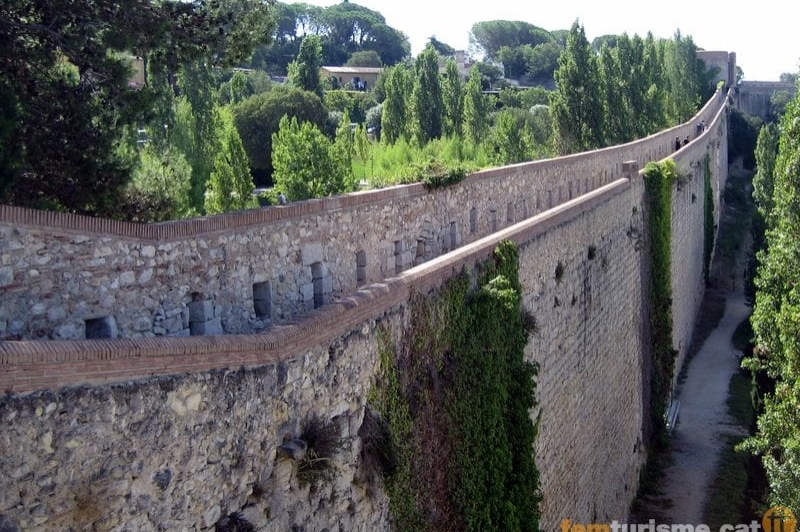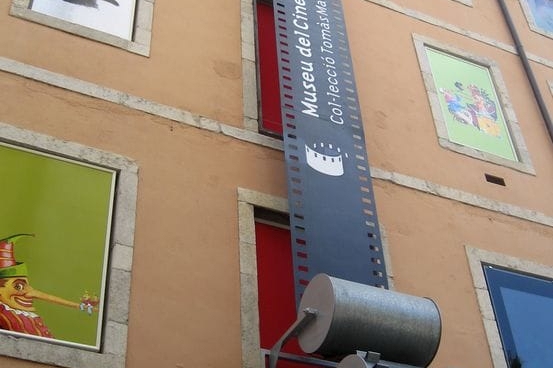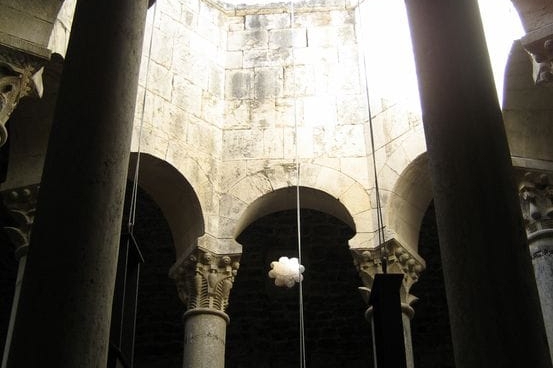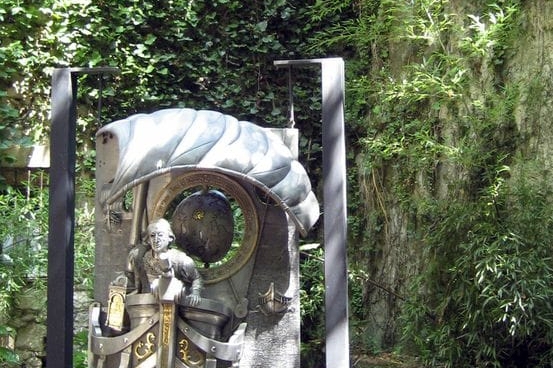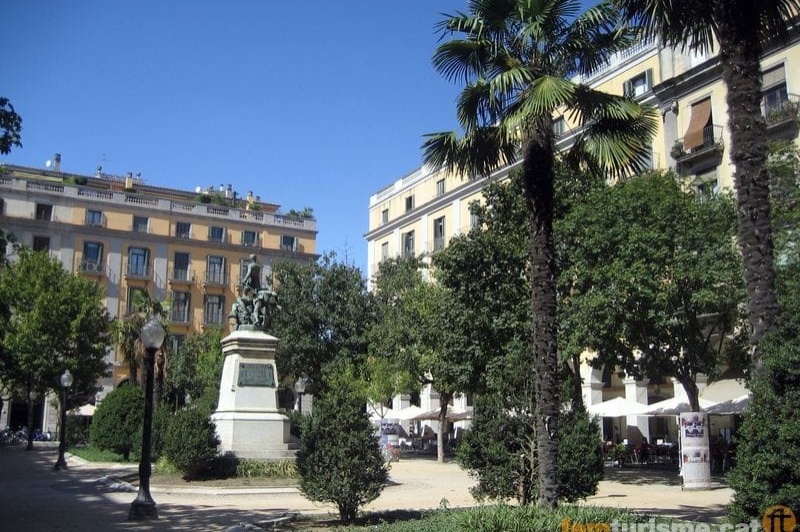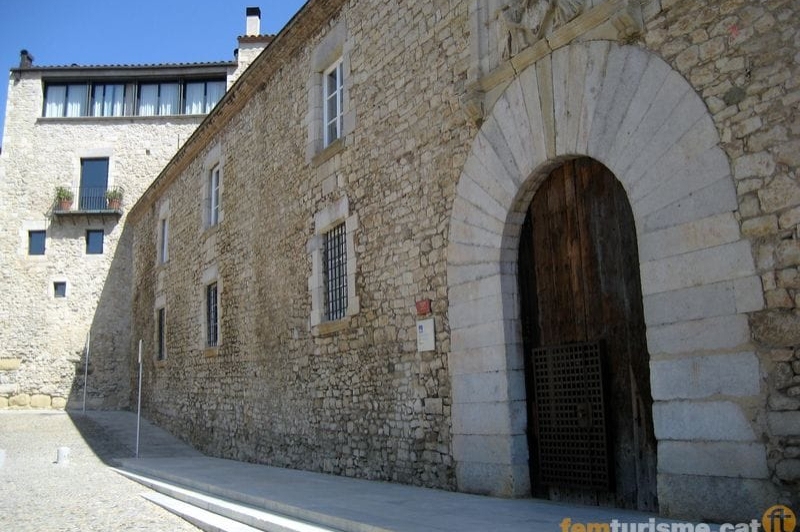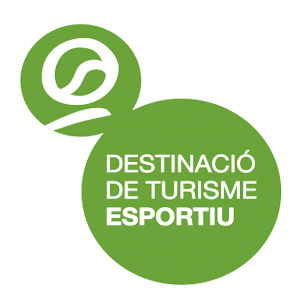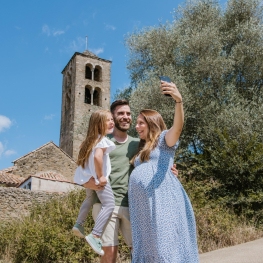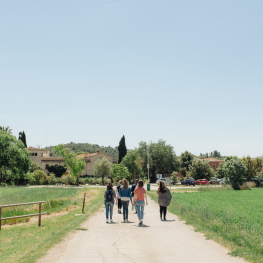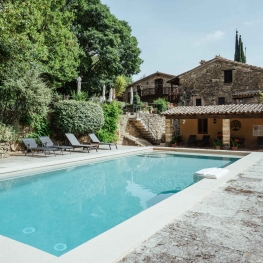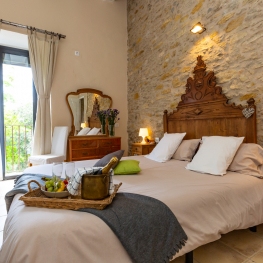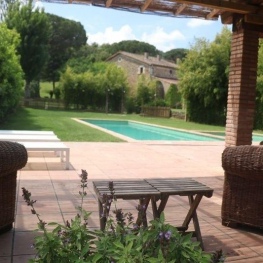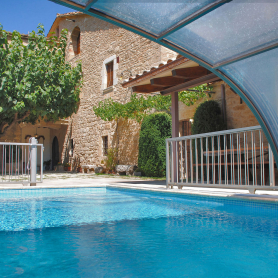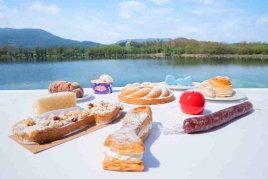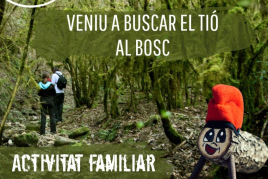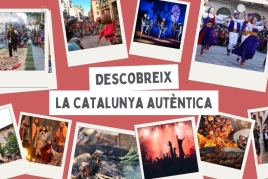Girona
The city of Girona is located in a privileged location, northwest of Catalonia, between sea and mountain, right where the rivers Onyar, Guell, and Ter Galligants, and is the capital of the district with the same name.
Girona is one of the best preserved historical cities of Catalonia. Its history dates back to the first century, when the city was founded Gerunda Roman, from a walled fortress.
The Old Town of Girona, formerly bounded by medieval walls, is where the main monuments and architectural elements of the city, and is the most important tourist spot. Tilting the old quarter passes Onyar river that divides the city in two. Worth contemplating hanging Onyar houses, a group of houses of all colors that are suspended over the river. To cross the river and join the two parts of the city, there are four bridges: the bridge of stone or of Elizabeth II (1849), the iron bridge, also called the old fishmongers or Eiffel Bridge (1876), the bridge Gomez (1916) and railway viaduct (1876).
The Jewish quarter of Girona is the best preserved Jewish quarter of Catalonia, and was the second largest population of Catalonia (after Barcelona ), with about 300 inhabitants. The Jews lived in it for six hundred years.
Girona Cathedral was built between the twelfth and eighteenth centuries, and is decorated with Romanesque, Gothic and Baroque. Its nave is Gothic and is the widest in the world, with almost 23 meters wide, this is because it was originally intended to be built with three aisles, but during construction it was decided that a single ship. Also of note is the impressive staircase of 90 steps leading up to the cathedral, baroque style and built in the seventeenth century. Inside the museum of the cathedral we can see the Mural of Creation, of the eleventh century, a spectacular piece of 12 square meters.
Girona also has the largest urban park in the Catalan Countries: the Devesa Park, west of the city, situated at the confluence of the Ter, the Onyar and Güell. The park covers an area of ??40 hectares and has more than 2,500 banana trees more than 150 years, some over 55 meters high.
The monastery of San Pedro de Galligants is a former Benedictine abbey in Romanesque style, with Lombard style octagonal bell tower, was built from the year 992. Currently houses the collection of the Museum of Archaeology Girona in Catalonia.
In the modern era emphasizes the Farinera Teixidor noucentista a building from the early twentieth century by Rafael Maso and Valenti.
As says: Gerona love! And every day there are more tourists are carried away by the magic of this fantastic city. Year after year the Girona Costa Brava Airport, situated in Vilobí d'Onyar, 12 km from the city, is having more number of tourists, travelers not only pass, but people who want to learn this ancient city.
What to do
Castell Gala Dalí Visita Guiada
La Pera (a 13.8 Km)Enter a world of romanticism and surrealism and enjoy a unique cultural…
Fundació Mona
Riudellots de la Selva (a 9.5 Km)The Mona Foundation is a non-profit entity created to put an end…
Experiència #APROP - Llet Nostra
Cruïlles, Monells i Sant Sadurní de l'Heura (a 14.4 Km)Live the #APROP experience and discover everything that is hidden behind a…
Where to sleep
Hotel Rural La Sala de Camós
GironaEnjoy a surprising destination surrounded by an extraordinary landscape. An ideal place…
Apartaments Rurals Mas Tarrès
Madremanya (a 10.6 Km)Discover Mas Tarrès, your adults-only rural retreat in Madremanya!
Cal Rei Vinyes
Celrà (a 6.2 Km)Detached farmhouse ideal for groups on the outskirts of the town of…
Can Xargay
Porqueres (a 14.1 Km)Can Xargay is a charming, ancient Catalan farmhouse from the 11th century,…

